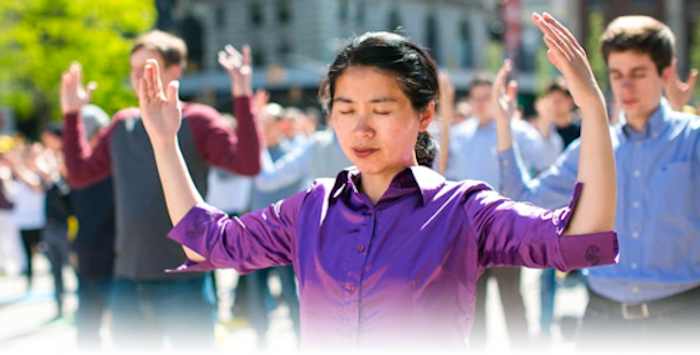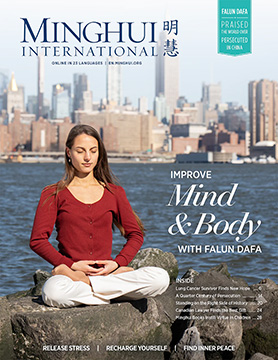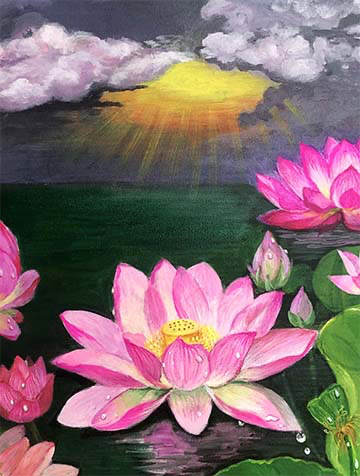(Minghui.org) China is known as shenzhou (a divine land) for its long and rich spiritual history. But things have changed dramatically in the decades since the Chinese Communist Party (CCP) seized power in 1949.
During the infamous Cultural Revolution, countless temples, Taoist monasteries, churches, and historic sites were demolished. In recent years, some of the remaining cultural heritage sites have become tourist destinations to generate profit. These events have pushed the general public further and further away from traditional values.
We’d like to retrace China’s history and legacy, hoping to find new perspectives on mankind, our society, and more.
The Story Begins with the Yellow Emperor
The earliest documented spiritual path was that of the Yellow Emperor, 5,000 years ago. After hearing about Guang Chengzi, an ancient sage who practiced cultivation, the Yellow Empower visited him to ask about the essence of the Tao. “Do not pay attention to what you see or what you hear—just keep your soul calm,” advised Guang. “This way, your body will be rectified naturally toward serenity and purity. Without burdening your body and without consuming your essence, you will reach longevity.”
Enlightened by these words from Guang, the Yellow Emperor visited other sages and continued learning. After diligently cultivating, he finally reached consummation. He left behind the Inner Canon of the Yellow Emperor as the seminal work on Chinese medicine.
Another well-known sage was Laozi, who was generally considered the founder of Taoism. His classic text the Tao Te Ching has inspired and provided wisdom to people for generations. “Humans follow the earth, the earth follows heaven, heaven follows the Tao, and the Tao follow nature,” he wrote.
One should “abandon tactics and forsake material interest,” Laozi wrote. Over time, one would be able to “retain modesty” as well as “become less selfish and greedy.”
Laozi and Confucius lived in the same era, as did Sakyamuni in India. During this era between the 8th and the 3rd centuries BCE (referred to as the Axial Age by the German philosopher Karl Jaspers), Socrates and Plato were philosophers in ancient Greece. The sages Laozi, Confucious, and Sakyamuni developed the major cornerstones of Oriental culture—Buddhism, Taoism, and Confucianism—while Socrates and Plato added significantly to the progress of Western civilization.
From the Yellow Emperor to Laozi, the ideology of the Tao and Taoism became deeply embedded in Chinese culture. During the Han Dynasty, Confucianism was chosen as the authoritative doctrine and dominated the imperial examination thereafter. At the same time, Emperor Ming of the Han Dynasty invited Buddhism to China, which further enriched Chinese civilization over the past 2,000 years.
The Legend of Ge Hong
Ge Hong, a legendary figure in the Jin Dynasty, not only succeeded in cultivation practice, but also mastered Chinese medicine and alchemy. His major writings included Baopuzi (a Taoist classic), Zhou Hou Jiu Zu Fang (a collection of prescriptions for Chinese medicines), and Legend of Immortals.
In Baopuzi, Ge admitted there were people who committed bad deeds in the name of Taoism. This caused confusion and discouraged those who were sincerely pursuing the Tao. However, he also pointed out that one should not be discouraged, because divine beings indeed existed and cultivating toward the divine was a practical path.
Some dismissed this, saying that divine beings didn’t exist since we couldn’t see them. Ge disagreed and wrote, “The heaven and earth are boundless, and the wonder is unlimited… Just because you do not see divine beings, you cannot say they are not there.”
In fact, there have been many records of divine beings. Historian Liu Xiang from the Han Dynasty documented over 70 divine beings in Liexian Zhuan (Biographies of Immortals). Liu was a serious scholar and his writings were credible.
The legends of immortals can be found in official histories, too. For example, Book of the Later Han included such stories, including one about Fei Changfang, whose master had extraordinary abilities. Another figure was Zhang Kai, who knew Chinese medicine well and was able to create fog that covered an area of several square miles.
(To be continued)
Views expressed in this article represent the author's own opinions or understandings. All content published on this website are copyrighted by Minghui.org. Minghui will produce compilations of its online content regularly and on special occasions.
Category: Traditional Culture








